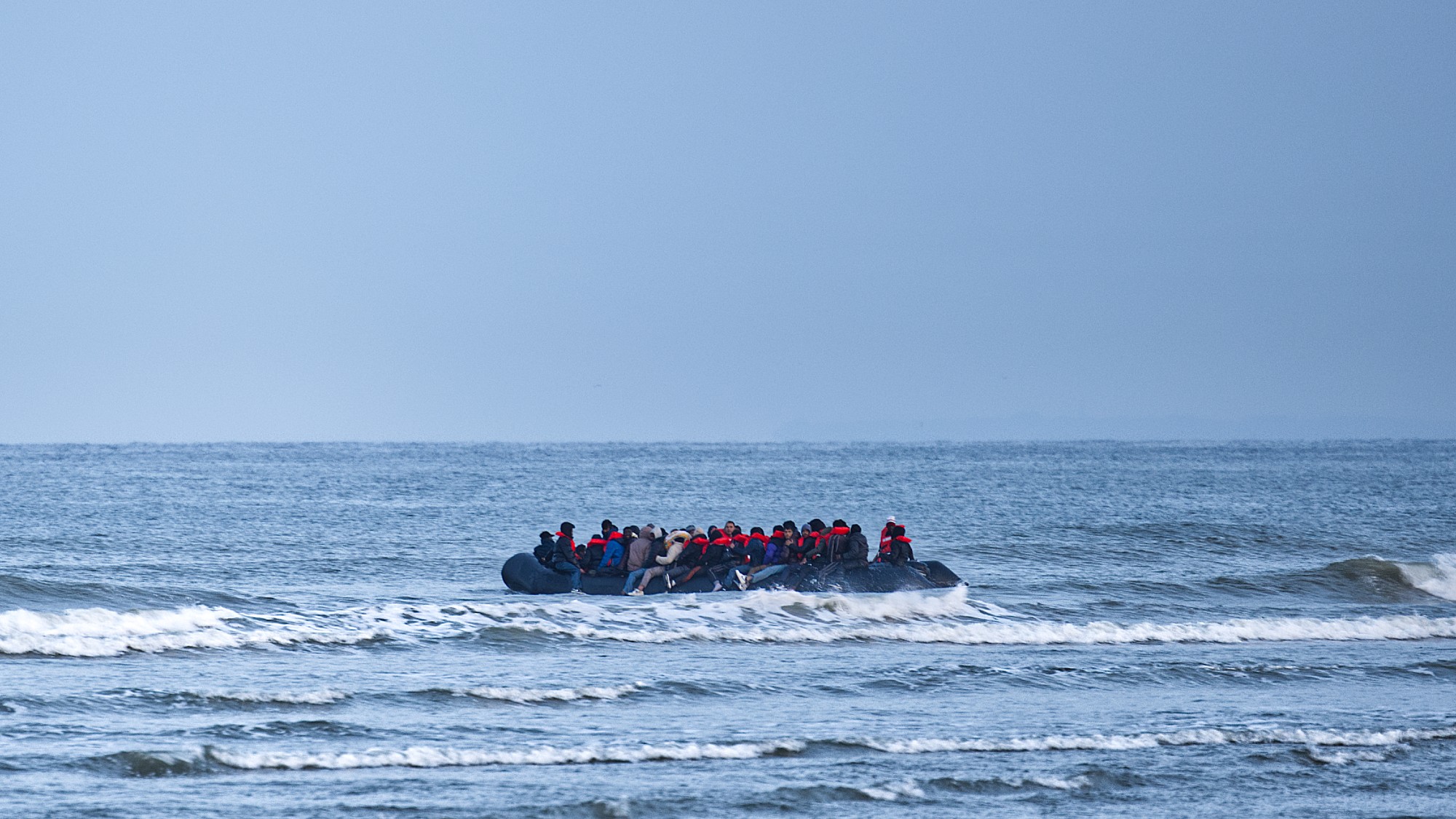Health & Science
How humans came to the Americas; Energy from an artificial leaf; Sperm cells grown from scratch; How heartbreak actually hurts
How humans came to the Americas
The first Americans, many anthropologists have believed, were Asians who crossed a land bridge at what is now the Bering Strait about 14,000 years ago. But the discovery of a huge cache of stone tools outside Austin undermines that theory, and suggests the Americas were settled earlier than previously believed. A team from Texas A&M University has excavated 15,528 objects at the site, including blades and chisels thought to be nearly 15,500 years old. Those finds significantly predate what was long considered the oldest American settlement, in Clovis, N.M., where 13,000-year-old spear tips were unearthed in 1929. Pre-Clovis finds in North and South America in recent decades have poked holes in the theory that the Clovis people were the first Americans, but the Texas site, A&M anthropologist Michael Waters tells BBC.com, “is almost like a baseball bat to the side of the head of the archaeological community to wake up.” The Austin site not only proves that people lived in America pre-Clovis, but suggests that they came over and spread south in boats, since glaciers were likely still blocking overland paths from Alaska to Texas 15,000 years ago. Now, says Waters, “we need to develop a new model for the peopling of the Americas.”
Energy from an artificial leaf
The Week
Escape your echo chamber. Get the facts behind the news, plus analysis from multiple perspectives.

Sign up for The Week's Free Newsletters
From our morning news briefing to a weekly Good News Newsletter, get the best of The Week delivered directly to your inbox.
From our morning news briefing to a weekly Good News Newsletter, get the best of The Week delivered directly to your inbox.
A silicon “leaf” that mimics photosynthesis could open the possibility of an entirely new source of cheap and abundant electricity. MIT researchers say they’ve developed an advanced solar cell the size of a playing card; when floated in even muddy water under direct sunlight, it splits H2O into hydrogen and oxygen, which can then be transferred to fuel cells that produce an electric current. Lead researcher Daniel Nocera tells Wired that a single artificial leaf and a gallon of water could produce a day’s worth of electricity for a household in the developing world. There have been previous attempts to create artificial leaves, but they have often depended on expensive chemicals and proved difficult to sustain for long periods. What makes Nocera’s version different—and scalable—is that it uses inexpensive materials and can operate for at least 45 hours straight. An Indian company has already signed a development deal, and a commercial application may be ready in the next three to five years. Nocera is convinced his leaf can bring affordable electricity to communities without access to power grids. “Our goal is to make each home its own power station,” he says.
Sperm cells grown from scratch
Japanese researchers have created viable sperm in the lab, raising the prospect that infertile men could one day father children. The researchers cultivated the testes of baby mice in a unique chemical bath until they matured, then extracted sperm and used it to inseminate female mice. The mice gave birth to healthy pups, which went on to have seemingly robust litters of their own. Researcher Takehiko Ogawa tells Science he is “confident about applying this to larger animals,” and that humans may one day benefit. If the technique works, men who can’t produce sperm but still have normal reproductive stem cells could have sperm generated directly from a sample of their testicular tissue. Young boys with testicular cancer could also have a sample of their testes frozen, allowing them to have children later in life even if chemotherapy renders them sterile. The work is “a significant advance,” says Martin Dym, a cell biologist at Georgetown University. “I hope it will stimulate many others, including me, to start working on humans.”
How heartbreak actually hurts
A free daily email with the biggest news stories of the day – and the best features from TheWeek.com
“The expression ‘My feelings are hurt’ may be more than just a metaphor,” social psychologist Ethan Kross tells MSNBC​.com. He and his colleagues at the University of Michigan recruited volunteers who had recently endured an unwanted breakup and scanned their brains twice—once while the subjects looked at pictures of their exes, and again while a probe subjected their arms to roughly the temperature of a very hot cup of coffee. To their surprise, they found that the physical and psychological stimuli activated the same regions. Previous experiments that tested the effects of anger, fear, sadness, and anxiety on the brain did not trigger brain regions linked to physical sensation, suggesting that the intensity of romantic rejection is unique. Some scientists speculate that may be because as early humans were evolving as social beings, the feeling of social rejection was more dangerous than any other negative emotion.
-
 ECHR: is Europe about to break with convention?
ECHR: is Europe about to break with convention?Today's Big Question Keir Starmer pushes to update 75-year-old treaty in bid to solve Europe’s asylum problems
-
 Normalising relations with the Taliban in Afghanistan
Normalising relations with the Taliban in AfghanistanThe Explainer The regime is coming in from the diplomatic cold, as countries lose hope of armed opposition and seek cooperation on counterterrorism, counter-narcotics and deportation of immigrants
-
 Best poetry books of 2025
Best poetry books of 2025The Week Recommends Magnificent collections from Luke Kennard, Leo Boix and Isabelle Baafi